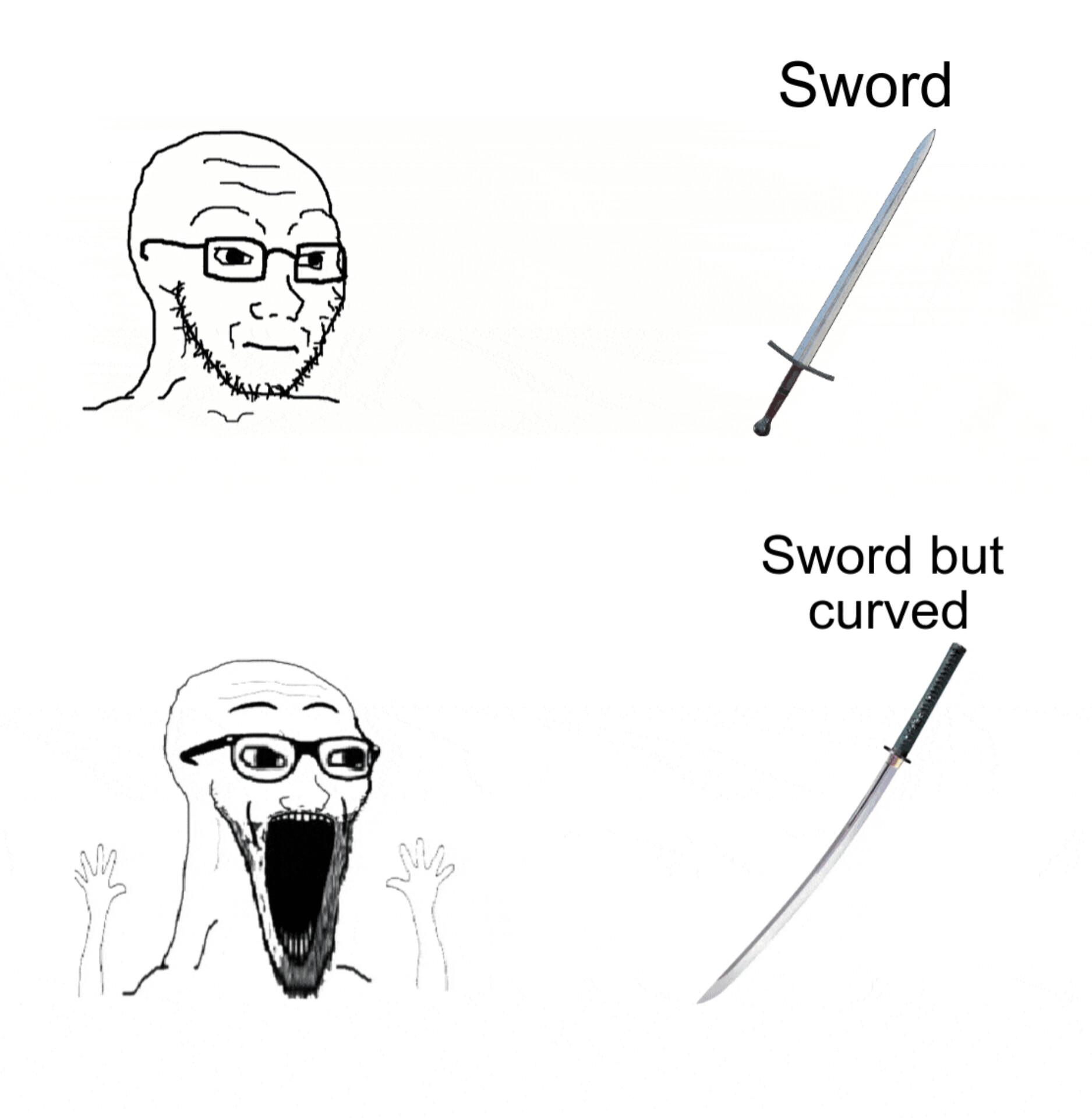this post was submitted on 27 Sep 2024
552 points (96.8% liked)
Memes
50191 readers
704 users here now
Rules:
- Be civil and nice.
- Try not to excessively repost, as a rule of thumb, wait at least 2 months to do it if you have to.
founded 6 years ago
MODERATORS
you are viewing a single comment's thread
view the rest of the comments
view the rest of the comments

There was nothing inherently low quality about using iron sand anyway. Impurities were carried away by slag and the iron in the sand was easily recovered using washing and later electromagnetism. Imports were used as demand increased.
You are conflating the elemental molecule of iron with the finished product of an alloy of carbonized iron aka as steel.
Yes, there isn't a molecular difference between the iron found in sand vs the iron found in rock ore. However, the medium in which you harvest your iron and how you're able to heat that iron, dictates the quality not your final product.
The truth is that the steel made from Iron Sand was not lower quality than the Steel made from other sources of Iron.
That's not true, no matter how many times you make that unsupported claim.
Holy shit you're wrong, now with references
https://gunbai-militaryhistory.blogspot.com/2018/02/iron-and-steel-technology-in-japanese.html
My dude, nothing in that blog supports your claim.
First of all, it's talking about the metallurgy of the 16th century and after, which is after Japan had imported blast furnaces. Secondly, it ignores the amount of labour needed to actually produce refined steel from iron sands, which ultimately dictates the quality of the finished product.
This isnt a debatable topic, any steel made from iron sands before modern electromagnetic sorting contains a large amount of impurities when compared to steel made from rock ore.
Even during WW2 the Japanese had a hard time producing high quality steel even with the use of blast furnaces, because the iron sands contains a large amount of titanium.
This blog which falls over itself trying to engage in revisionist history, can only claim that the quality was "perfectly fine"....not good.
You've proven yourself wrong.
Mochi Tetsu is mentioned in that article as being a source that produces higher quality products than iron sand. Exactly what you're arguing against.
The facts are that due to the limited availability of good quality iron ore the steel produced in Japan often used iron sand and that led to lower quality products.